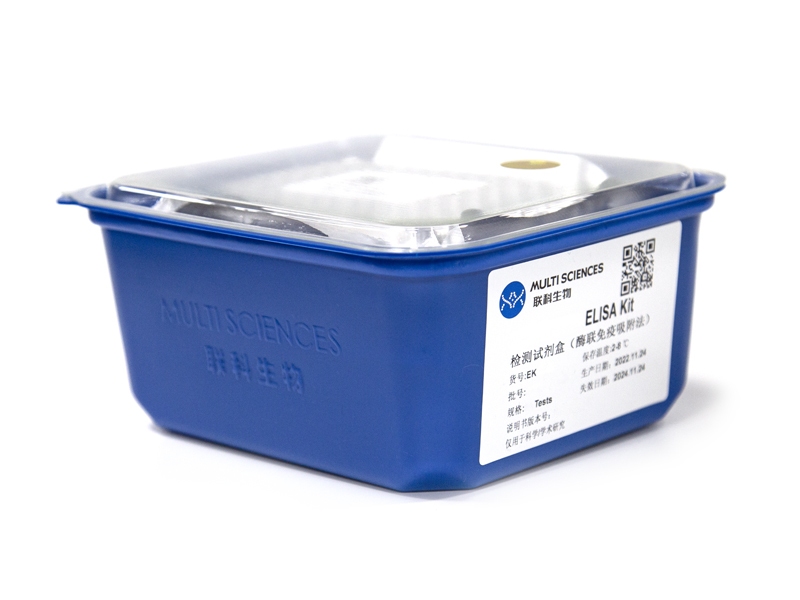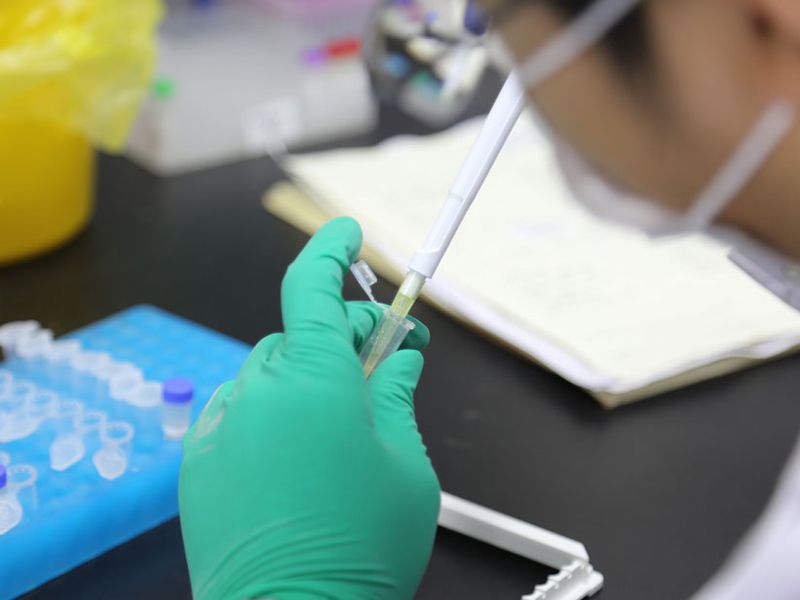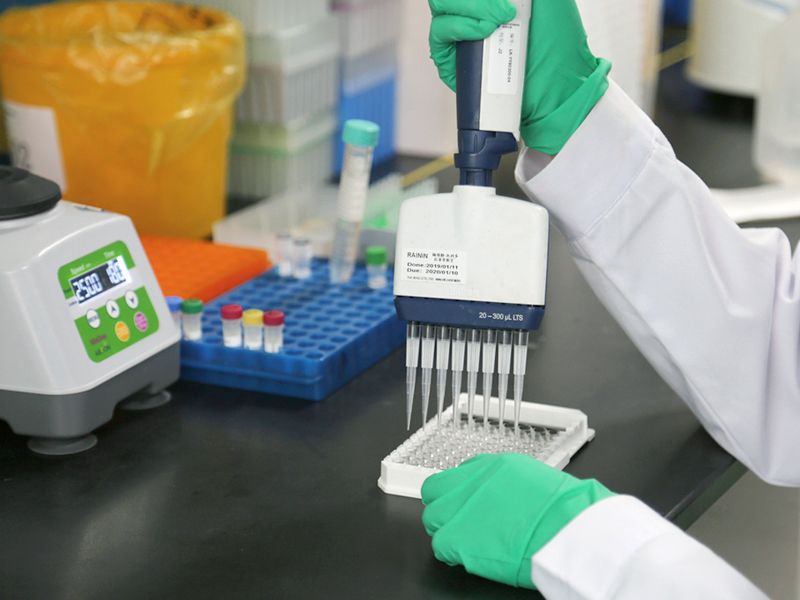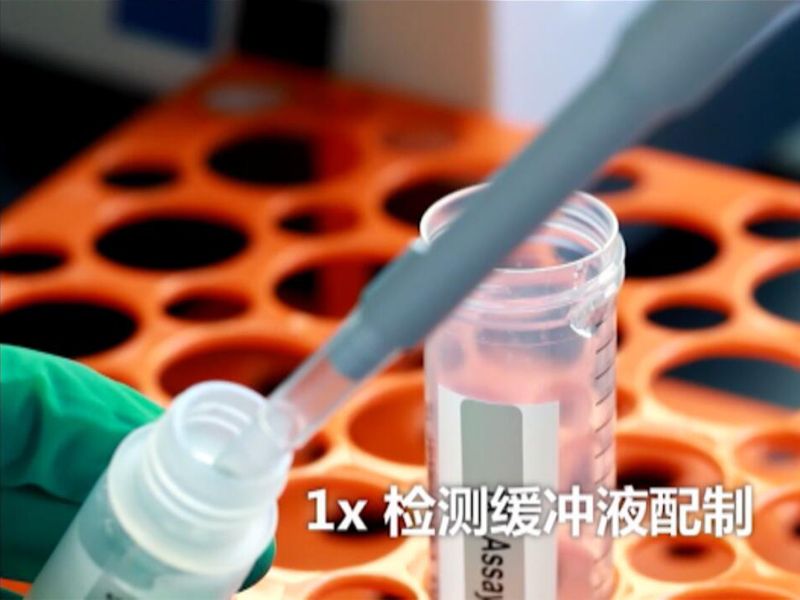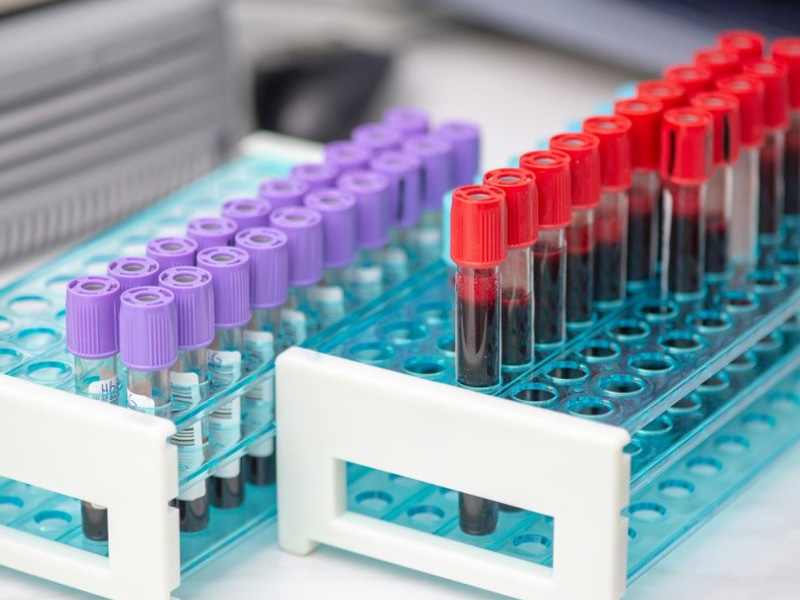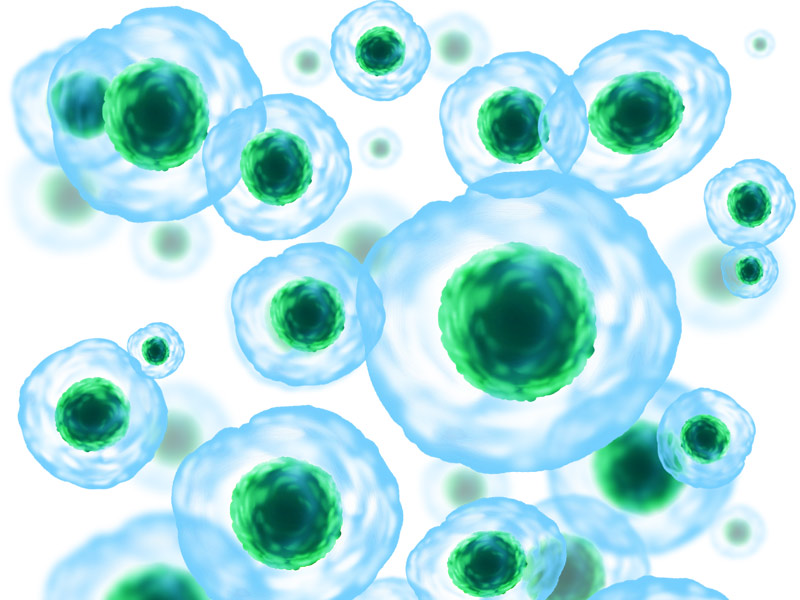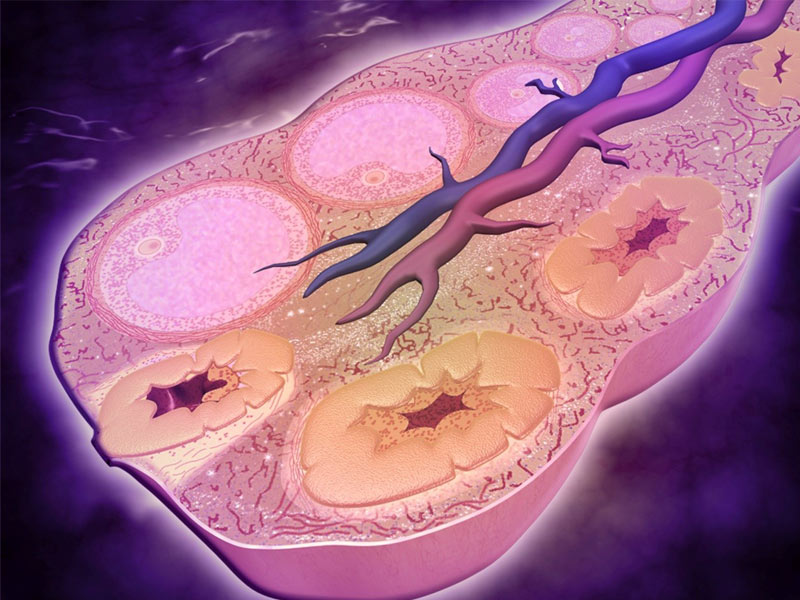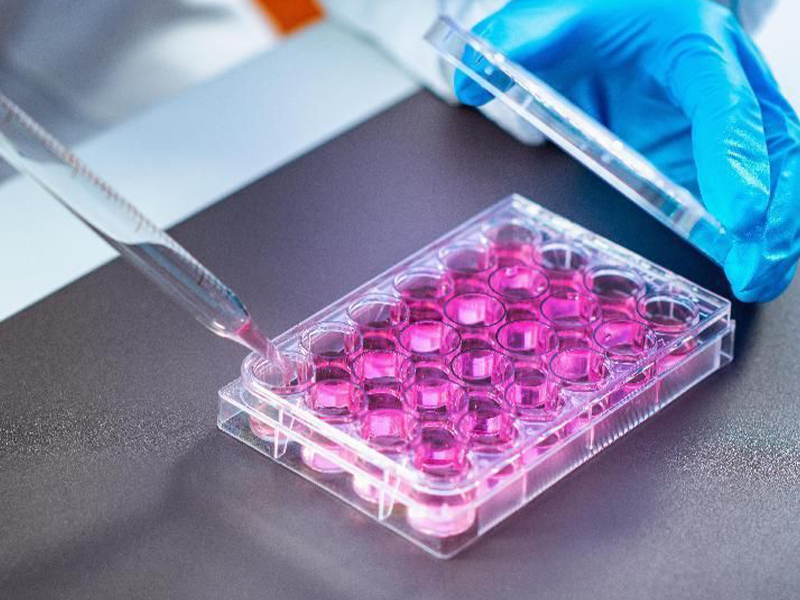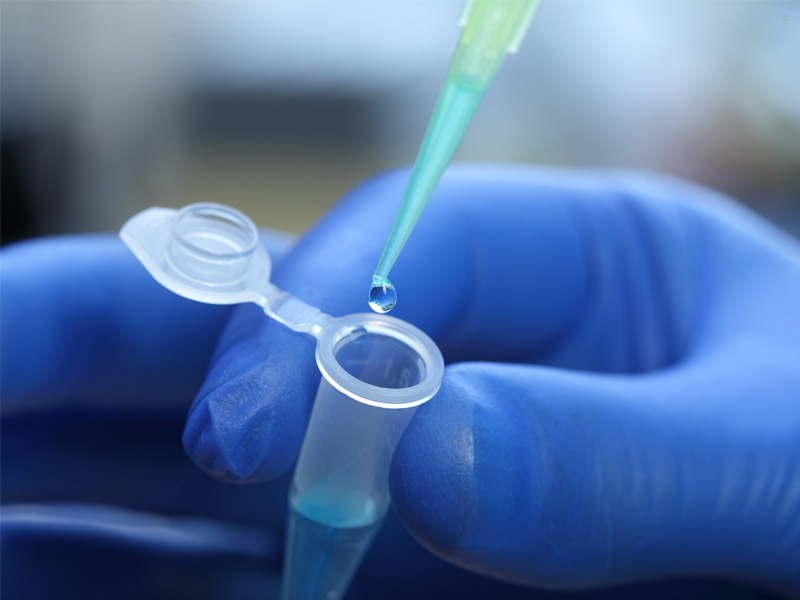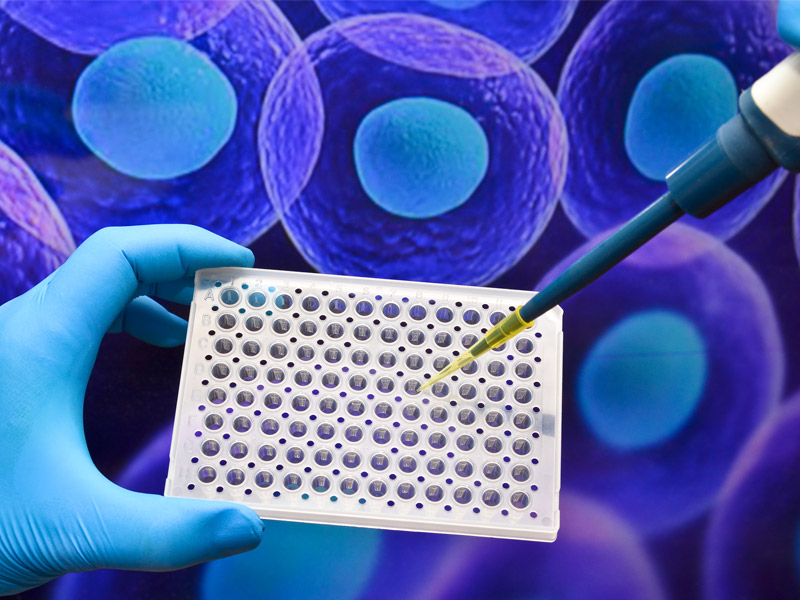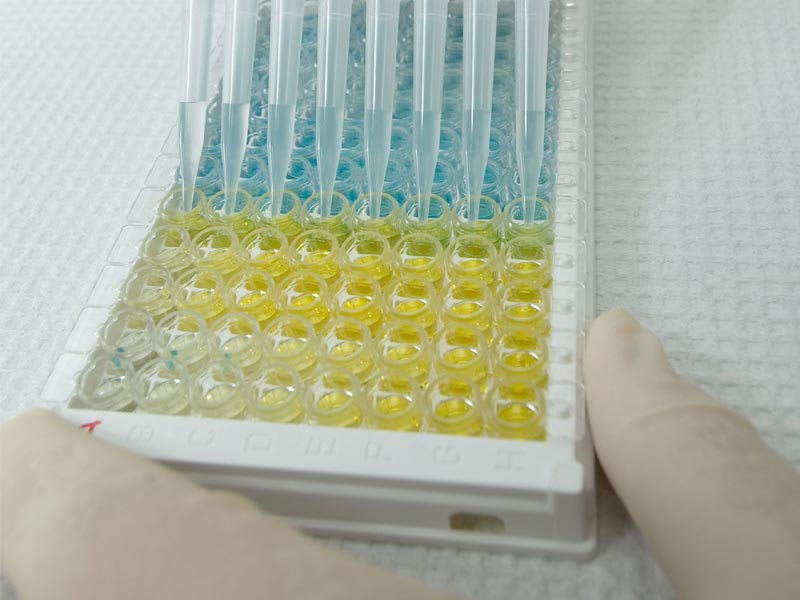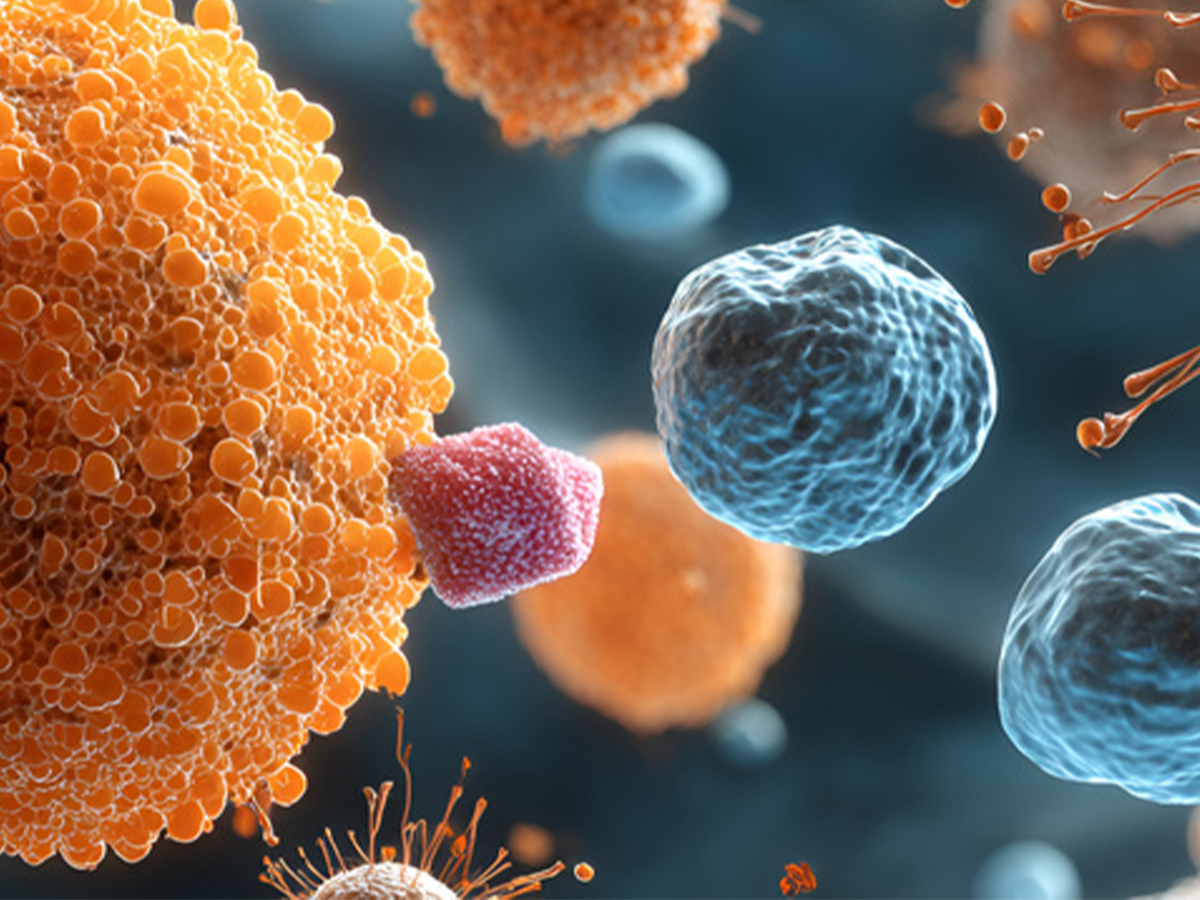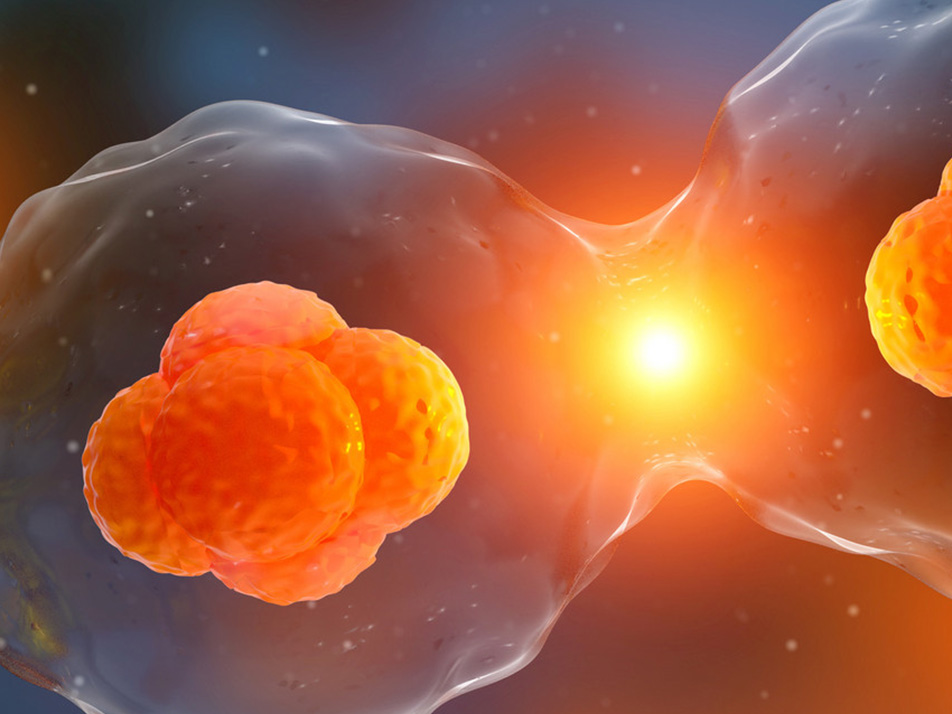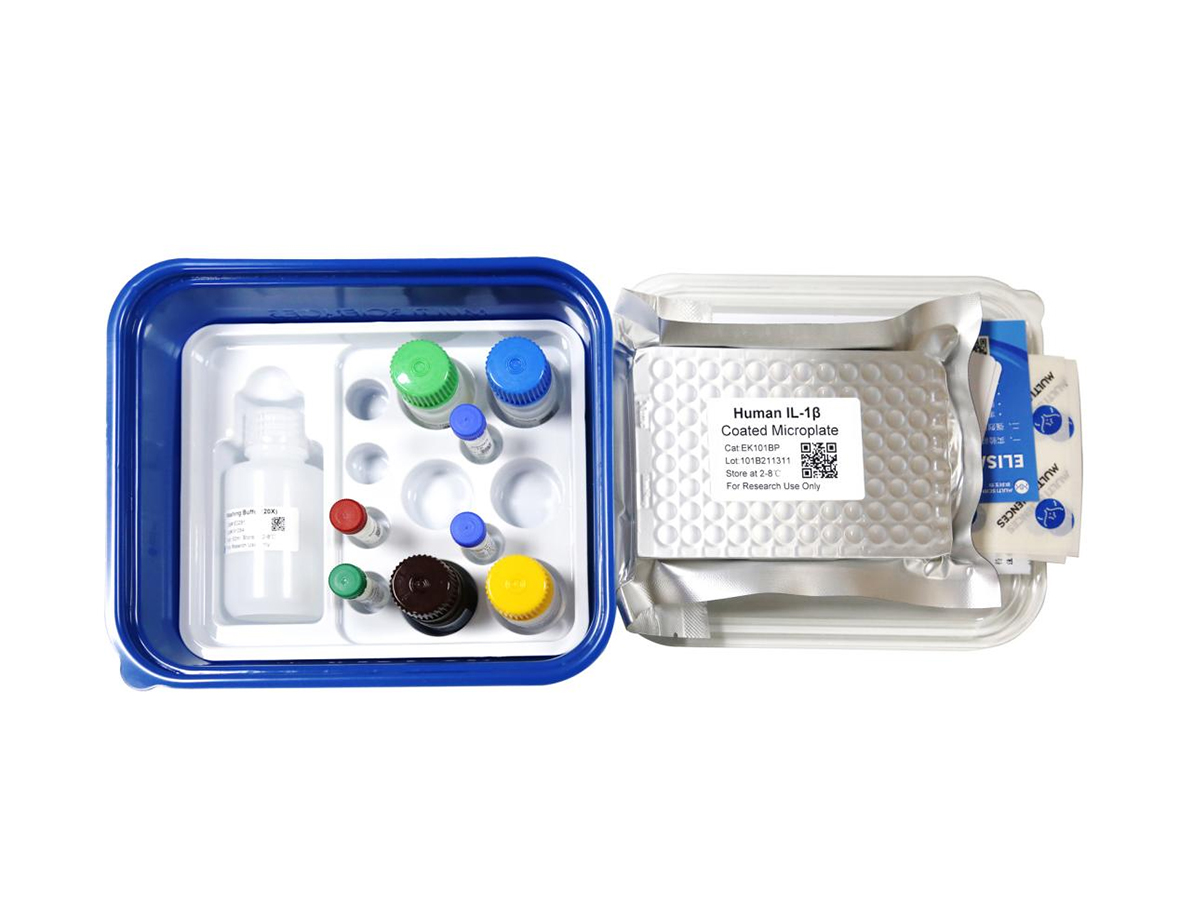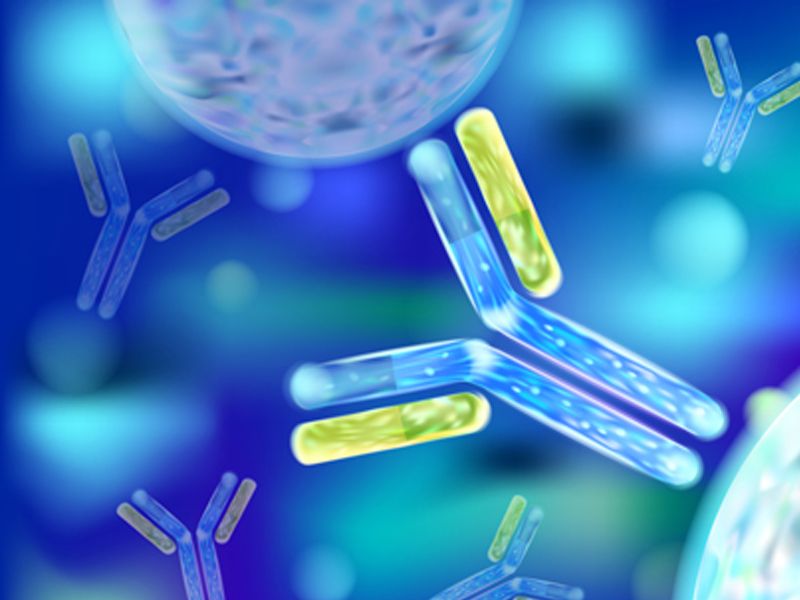Mouse RAGE Standard (小鼠晚期糖基化终末产物受体 (RAGE) 标准品)
¥280.00
文章目录[隐藏]
本产品只包含标准品试剂,如需购买试剂盒请点击下图
-
- EK2103
- ELISA试剂盒
Mouse RAGE ELISA Kit检测试剂盒(酶联免疫吸附法)
- ¥2,000.00 – ¥3,400.00
| 商品名 |
Mouse RAGE Standard (小鼠晚期糖基化终末产物受体 (RAGE) 标准品) |
|---|---|
| 组分 |
小鼠RAGE冻干标准品 |
| 板式 |
管 |
| 保存 |
短期4℃,长期-20℃保存 |
| 运输条件 |
4℃蓝冰运输 |
分子信息
AGER 分子靶点信息概述
- 分子名:AGER, advanced glycosylation end-product specific receptor
- 基因家族:C2-set domain containing; Scavenger receptors
- 别名:RAGE; SCARJ1; sRAGE
- 全称:receptor for advanced glycation end-products
AGER 分子靶点综述
晚期糖基化终末产物受体 (RAGE)是35 kDa的免疫球超家族跨膜受体,其名字来自于与晚期糖基化终末产物结合的能力。鉴于其在先天免疫的炎症功能和通过共同基序识别一类配体的能力,RAGE通常被认为是一类识别受体。RAGE与一些慢性疾病有关,如动脉粥样硬化、末梢血管疾病、心肌梗死、充血性心力衰竭、糖尿病、阿尔茨海默病等。与其它组织相比,RAGE在肺部表达量最高,尤其是在I型肺泡上皮细胞,而在特发性肺纤维化 (IPF)中不表达,这表明RAGE在肺系中的表达和调控与心血管系统中不同。阻断/敲除RAGE会导致细胞黏附受损,增加细胞增殖和迁移。
小鼠 Mouse Ager 分子靶点信息
- 分子名:Ager, advanced glycosylation end product-specific receptor
- 别称:
- RAGE
- 基因序列:NCBI_Gene: 11596
- 蛋白序列:
小鼠 Mouse Ager 靶点分子功能(预测)
Enables S100 protein binding activity; advanced glycation end-product binding activity; and heparin binding activity. Involved in several processes, including cellular response to amyloid-beta; negative regulation of long-term synaptic potentiation; and positive regulation of cytokine production. Acts upstream of or within several processes, including induction of positive chemotaxis; negative regulation of advanced glycation end-product receptor activity; and positive regulation of macromolecule metabolic process. Located in extracellular space and plasma membrane. Is expressed in several structures, including alimentary system; brain; genitourinary system; hemolymphoid system gland; and lung. Human ortholog(s) of this gene implicated in several diseases, including autoimmune disease (multiple); cardiovascular system disease (multiple); cystic fibrosis; kidney failure (multiple); and lupus nephritis. Orthologous to human AGER (advanced glycosylation end-product specific receptor).


